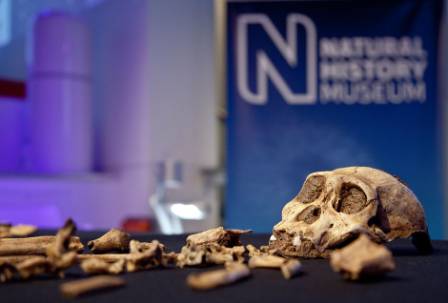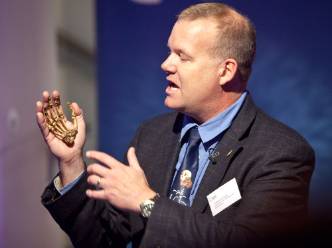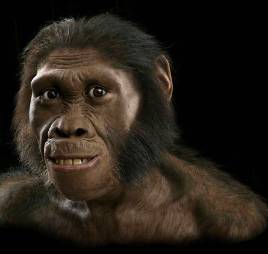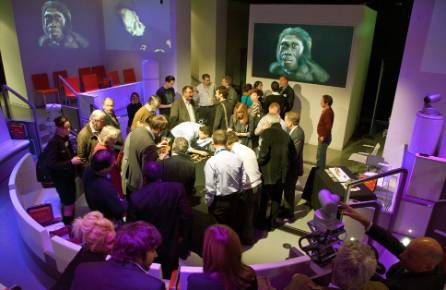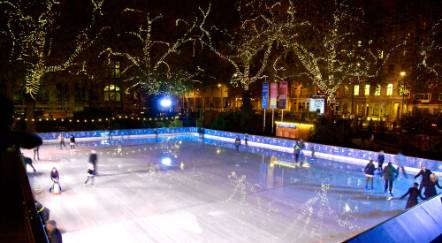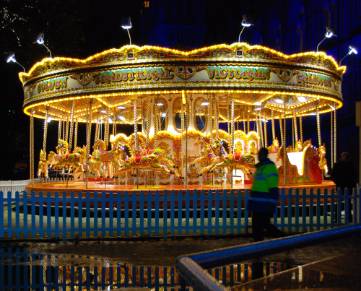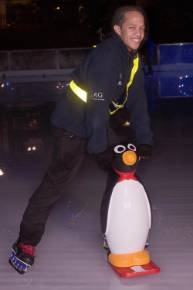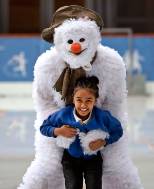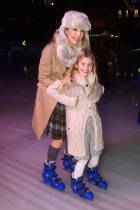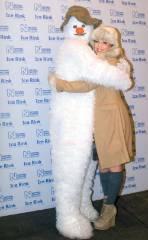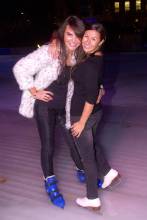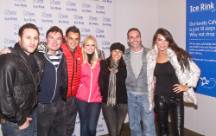The story of the origin of our species Homo sapiens (and sometimes I need to remind myself it means 'wise man') is a convoluted one which continues to intrigue us more and more in the light of recent findings. So this year's Annual Science Lecture by our very own wise man, Museum palaeoanthropologist and human origins expert Professor Chris Stringer, is sure to be a popular one and is bound to shed light on some of our human evolutionary conundrums.
Chris's presentation will bring together elements covered in his recently published book on the subject of our origins, and beyond. I asked him for a taster of what we can expect on Wednesday evening and to introduce one of the rare specimens he will show at the lecture. He says:
Rhodesian Man 'one of the most beautiful fossil human relics' will join Chris Stringer who presents the Annual Science Lecture on The Origin of Our Species, Wednesday evening, 30 November.
'It took me two years to write my book The Origin of our Species. Most of it in my “spare time” and I sometimes regretted the time it was taking, and the impact this had on my research work and my personal life. But I changed my mind on Christmas Eve last year, when the science journal Nature published a paper on a new kind of human from Siberia, the Denisovans, identified from distinctive DNA in fragmentary fossils from Denisova Cave in southern Siberia. By then I had finished the chapter on the DNA evidence, but because I had another month of writing ahead of me, I was able to incorporate a discussion of the Denisovans and their possible interbreeding with modern humans in the final parts of my book.
'Another example of ongoing research in the book concerns the famous fossil skull from Broken Hill in Zambia (‘Rhodesian Man’ pictured above), which is one of the most beautiful fossil human relics and a real treasure of the Museum's collections.
'This skull representing one of our possible African ancestors, is generally thought to be about 500,000 years old, but in the last chapter of the book I discuss my research with a group of collaborators that suggests the fossil could be much younger than previously believed, with intriguing implications for our evolution. The skull will make a very rare public appearance alongside me, while I give my lecture!'
After the lecture there is a chance to ask Professor Chris Stringer questions and he will sign copies of his new book, The Origin of Our Species (left).
Find out about the Annual Science Lecture





